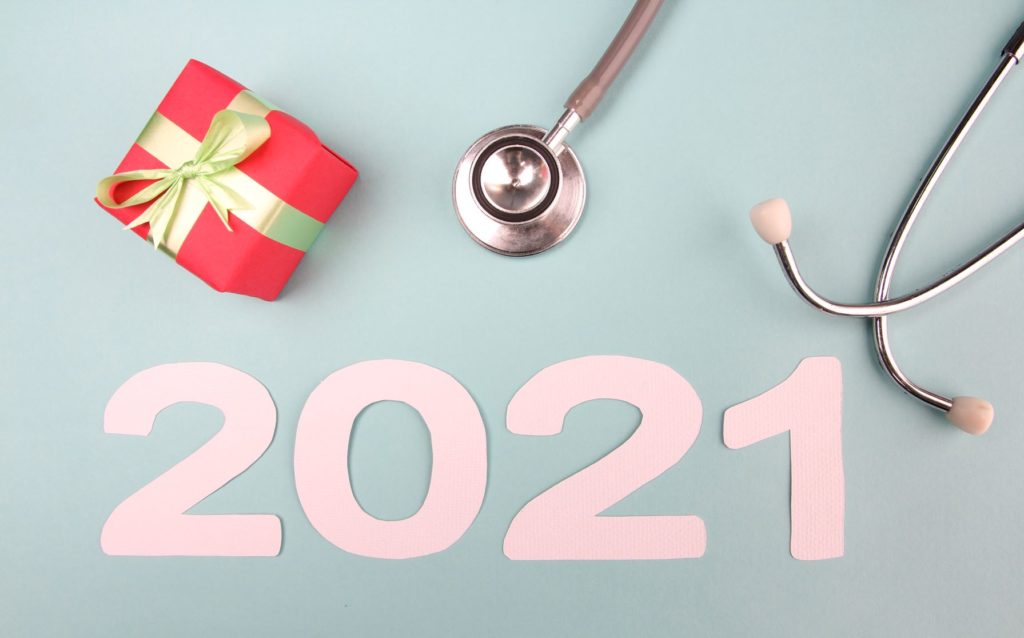
Google pay-per-click (PPC) is a means of advertising on Google. Given that Google is the world’s largest search engine – commanding some 86% of the market – a successful Google PPC campaign can be a great way to extend your business reach and raise your profile.
For healthcare manufacturers, well-planned PPC ads can help drive traffic to a website, convert customers, and boost sales, ultimately increasing the bottom line and improving market share.
This e-guide explains how you can benefit from healthcare advertising on Google and get some top tips for using Google ads for healthcare below.
The Benefits of Healthcare Advertising on Google
You might think that there’s no need to pay for advertising using Google PPC, given that your healthcare manufacturing or distribution business can likely be found via the search engine anyway. Think again. Paid healthcare advertising on Google offers unique advantages.
Effective search engine optimization (SEO) can indeed help your website climb the Google rankings, making it easier for a potential customer to find you online. However, Google’s algorithms only prioritize the highest quality websites when determining organic search rankings.
Getting that “free” traffic generally requires an extensive investment of effort and money devoted to optimization. Unless you’re an SEO pro yourself, you’ll likely want to hire an expert.
What’s more, building a solid SEO profile takes time. Take backlinks, for example. The more high-quality, well-ranked, reputable websites link back to your website, the higher your website will rank in Google search results.
However, getting other websites to link back to you doesn’t happen overnight. You have to generate high-quality content first and establish a reputation as a trustworthy source worth linking to. Google PPC offers a more efficient alternative.
Finally, PPC also gives you more control over how your listing appears in the search results. Paid ads are listed above the organic results on Google. You can see them marked with the word “Ad” in a small box. Even with the “Ad” label, getting this front-page placement is critical to getting people to click.
One survey showed that the vast majority of Google users stay on the first page of Google results, with 75% of users clicking on the first or second result that comes up. Only a meager 7% of searchers look beyond the first page of results.
Unless your organic SEO efforts are top-tier (which, as mentioned, demands significant effort, money, and time), scoring a first-page results ranking could be tough.
8 PPC Best Practices for Google Ads for Healthcare
This quick e-guide highlights some best practices for healthcare advertising on Google.
1. Educate Yourself About PPC
If you’ve never used PPC advertising before, take the time to learn about the process. Once you set up your Google Ads account, you can set up a PPC campaign. You set a budget (e.g., daily, monthly, etc.). Whenever someone clicks on your ad, this eats into your allotment (hence the term “pay-per-click”). You can target your ad using keywords. If you haven’t already set up a campaign, you can do so here.
2. Set Clear Goals
One of the significant advantages of PPC is that you can track the results. You will be able to see exactly how many clicks you get on your ad. You can then see whether the number of clicks aligns with subsequent conversions. Decide what you want “success” to look at beforehand. For example, do you want to increase website traffic, boost sales, or raise general brand awareness?
3. Include Negative Keywords
Many PPC newbies focus solely on what keywords they want to rank for. However, it’s just as important to specify which keywords you don’t want to rank for. Someone searching for these so-called negative keywords is unlikely to be interested in your product or company – and thus unlikely to take any action that will meet your end goal.
4. Define Your Keyword Matches
There are three main types of keyword matches:
- Exact: An exact keyword match will allow your ad to appear in the results only when the precise given keyword is input, e.g., “cardiovascular stent.”
- Phrase: A phrase match will allow your ad to appear in the results if the keyword appears as part of a general search phrase, e.g., “cardiovascular stent provider.”
- Broad: Finally, a broad match will allow your ad to appear in the results even if the precise keyword isn’t used, but a synonym is used, e.g., “coronary stent.” A broad match is only recommended if you have a large budget.
5. Create a Compelling Ad
There’s no point investing in PPC ads if you aren’t going to make them great. Your ad copy should be concise and convincing. The goal of the ad copy should be clearly defined, with a well-defined call-to-action. Logically, the copy should also be closely related to your chosen target keyword.
6. Ensure Your Landing Pages are Relevant to Your Ads
Your ad is creating a promise. Make sure that whatever landing page your consumer clicks on delivers that promise. For example, if you advertise a specific product, you want to ensure that the user is directed to that product page, not your general web page. You want to minimize the number of clicks your website visitor needs to convert.
7. Monitor Your Results
As mentioned, one of the most significant benefits of Google PPC is that you can track the results. Track your conversions regularly and adjust your ad campaign (e.g., keywords and negative keywords) accordingly. You can use Google AdWords Search Query Reports to gather valuable details to determine what keywords you aren’t using might help you capture more visitors.
8. Abide by Google and HIPAA Guidelines
Last but not least, whenever you’re undertaking any digital marketing in a healthcare campaign, make sure you’re abiding by HIPAA guidelines. Additionally, note that Google ads for healthcare and medicines are subject to unique rules. For example, remarketing isn’t permitted (in which you basically “follow up” and target people who have already visited your website).
Increase Your Market Share with Share Moving Media
Share Moving Media is a full-service media company that helps healthcare manufacturers and distributors increase market share. We work with a diversity of media, from print publications to webinars and more. With a holistic approach to healthcare marketing, we can help you raise your company’s profile.
Get more digital marketing in healthcare news by signing up for our newsletter, The Marketing Minute. Contact us to collaborate.



